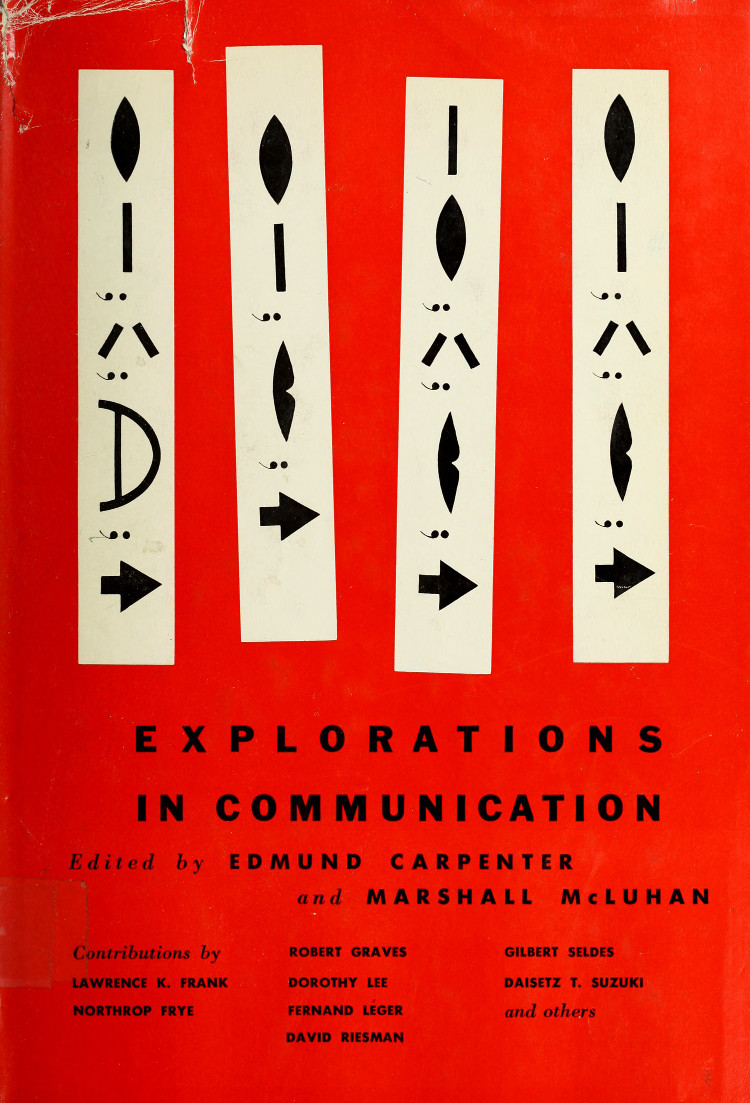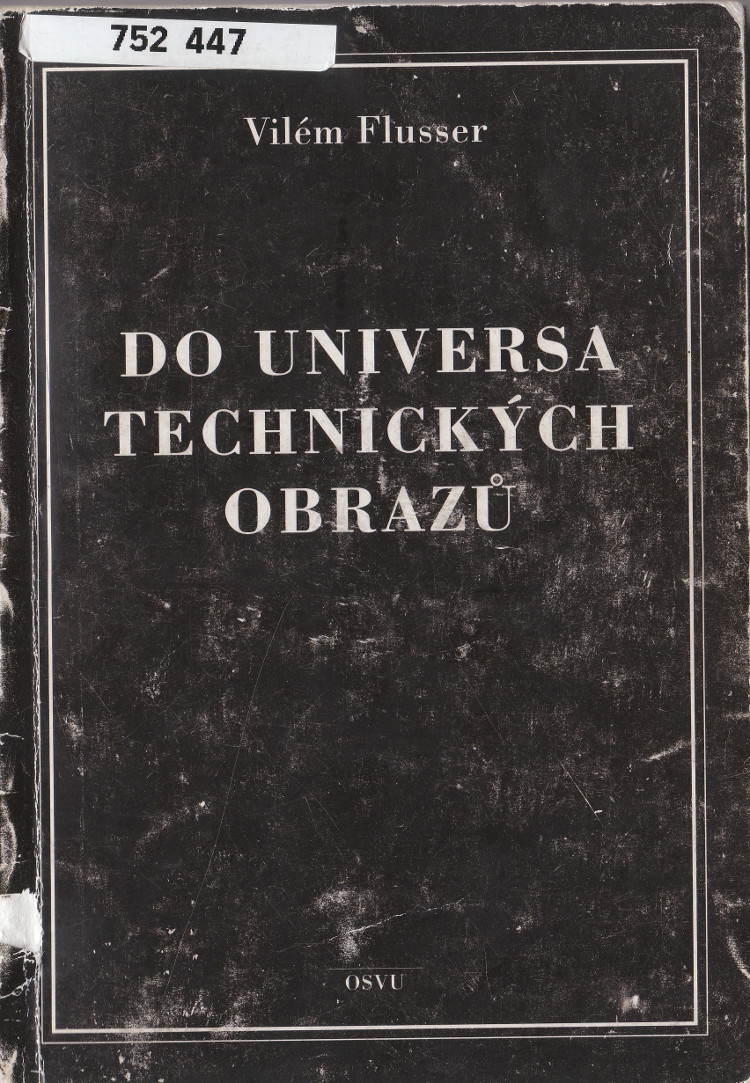Jon Gernter: The Idea Factory: Bell Labs and the Great Age of American Innovation (2012)
Filed under book | Tags: · communication technology, computing, engineering, history of communications, history of computing, history of technology, networks, radio, technology, telephone

“High-handed corporate monopoly and high-minded national treasure, the American Telephone and Telegraph Company (AT&T) was a unique project of America’s pragmatism and for decades the envy of the world in extending low-cost local telephone service. At the heart of AT&T was its R&D unit, Bell Laboratories, the world’s greatest entity of its kind, and a giant manufacturing arm, Western Electric.
The Idea Factory is the first study of Bell Labs that puts its history in its full organizational, political, and administrative context. AT&T was a company striving to expand and maintain a privileged empire under a government that saw it alternatively as a trusted military/industrial partner and an anticompetitive threat. This ambiguous embrace, New York Times Magazine writer Jon Gertner suggests, inadvertently encouraged a culture that combined a gifted and diverse workforce with a long-term outlook, creating the foundations of a new information economy, which in turn made radical changes in the charter of the parent company inevitable.
Gertner’s story is the interaction between three leaders of Bell Labs in its critical years—Mervin Kelly, Jim Fisk, and William Oliver Baker—and three of its greatest scientific minds: William Shockley, Claude Shannon, and John Pierce.” (from a review by Edward Tenner)
Publisher The Penguin Press, New York, 2012
ISBN 1594203288, 9781594203282
422 pages
via Steve McLaughlin
review (Edward Tenner, Issues in Science and Technology)
review (Dave Tompkins, Slate)
review (Jesse Hicks, The Verge)
PDF (EPUB, updated on 2013-5-7)
PDF (MOBI, updated on 2013-5-7)
Edmund Carpenter, Marshall McLuhan (eds.): Explorations in Communication: An Anthology (1960–) [EN, ES]
Filed under book | Tags: · communication, communication technology, language, mass media, media, media theory, print, technology, television

“This book explores the form and dynamics of communication to discover how it works – how human beings exchange feelings, facts, fancy. What makes words, sentences and grammars meaningful? What is the difference between the private world of reading and the instant “togetherness” of television audiences? How does the inner structure of communication vary from society to society?
These essays by world-famed scholars and artists cover the whole range of communications media — from skin touch to voice inflection, from newsprint to electronic devices, from primitive grammars to films. Here we step outside the various media by examining one through another. Print is seen from the perspective of electronics; television is analyzed through print — and thus literacy’s role in shaping man is brought into sharp new focus.
The contemporary revolution in the packaging and distribution of ideas and feelings makes a new view of communication imperative. To give voice to such views, the journal Explorations was begun in Toronto in 1953, financed by the Ford Foundation and the Toronto Telegram. From the start, the magazine won high praise from the academic world. The articles in this book, all of which appeared in Explorations, represent some of the most original research now in print on problems that will confront us for many years to come.” (from front flap)
With contributions by Ray L. Birdwhistell, Edmund Carpenter, H. J. Chaytor, Lawrence K. Frank, Northrop Frye, Arthur Gibson, Sigfried Giedion, Stephen Gilman, Robert Graves, Stanley Edgar Hyman, Dorothy Lee, Fernand Léger, Marshall McLuhan, David Riesman, W. R. Rodgers, Gilbert Seldes, Jean Shepherd, Daisetz T. Suzuki, Jacqueline Tyrwhitt.
Publisher Beacon Press, Boston, 1960
Issue 218 of Beacon series in Contemporary Communications
210 pages
via Archive.org
Explorations in Communication: An Anthology (hi-res, 181 MB, no OCR), Lower-res version (67 MB, OCR, via Steve McLaughlin), Other formats
El aula sin muros investigaciones sobre técnicas de comunicación (Spanish, trans. Luis Carandell, 2nd ed., 1968/1974, added on 2014-3-6)
Vilém Flusser: Into the Universe of Technical Images (1985–) [DE, HU, CZ, EN]
Filed under book | Tags: · communication technology, computing, cybernetics, database, entropy, image, media, media theory, philosophy, photography, postmodernism, technical image, technology, theory, virtual reality


Poised between hope and despair for a humanity facing an urgent communication crisis, this work by Vilém Flusser forecasts either the first truly human, infinitely creative society in history or a society of unbearable, oppressive sameness, locked in a pattern it cannot change. First published in German in 1985 and now available in English for the first time, Into the Universe of Technical Images outlines the history of communication technology as a process of increasing abstraction.
Flusser charts how communication evolved from direct interaction with the world to mediation through various technologies. The invention of writing marked one significant shift; the invention of photography marked another, heralding the current age of the technical image. The automation of the processing of technical images carries both promise and threat: the promise of freeing humans to play and invent and the threat for networks of automation to proceed independently of humans.
Originally published in German as Ins Universum der technischen Bilder, European Photography, 1985
Czech edition: Do universa technických obrazů
Translated by Jiří Fiala
Publisher OSVU, 2002
ISBN 8023875698
162 pages
English edition
Translated by Nancy Ann Roth
Introduction by Mark Poster
Publisher University of Minnesota Press, 2011
Volume 32 of Electronic Mediations
ISBN 0816670218, 9780816670215
224 pages
Review (Bob Hanke, International Journal of Communication)
Translator (EN)
Publisher (EN)
Ins Universum der technischen Bilder (German, 1985, added on 2016-8-4)
A technikai képek univerzuma felé (Hungarian, trans. József Maleczki, 2001; revised trans. Dalma Török, 2011; HTML, added on 2014-2-14)
Do universa technických obrazů (Czech, Jiří Fiala, 2002, no OCR, added on 2013-4-1)
Into the Universe of Technical Images (English, trans. Nancy Ann Roth, 2011, updated on 2012-7-17)

